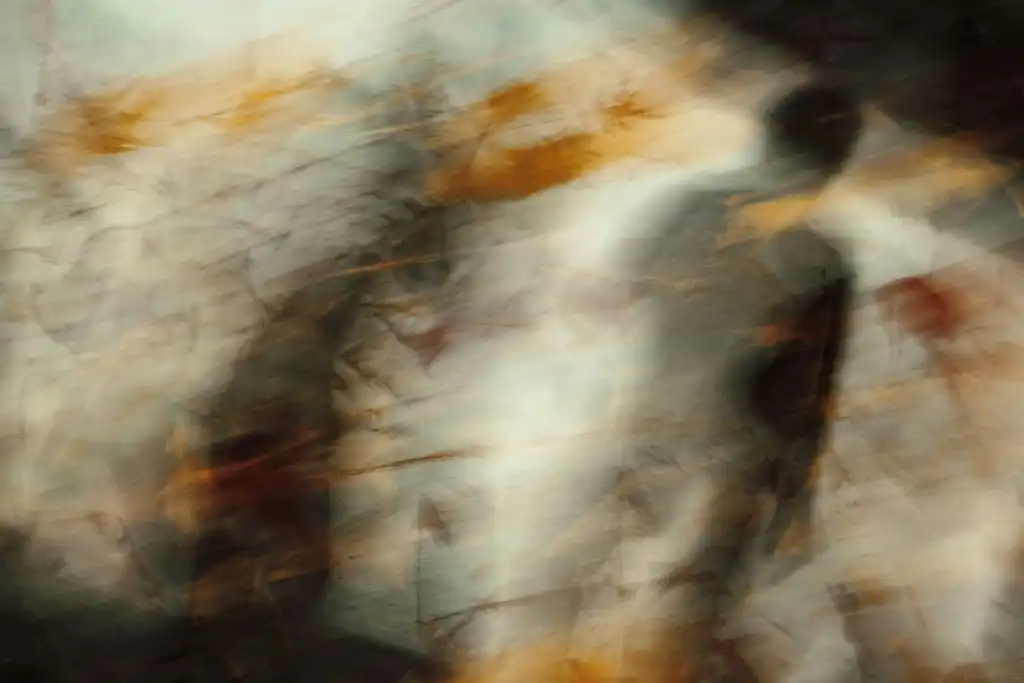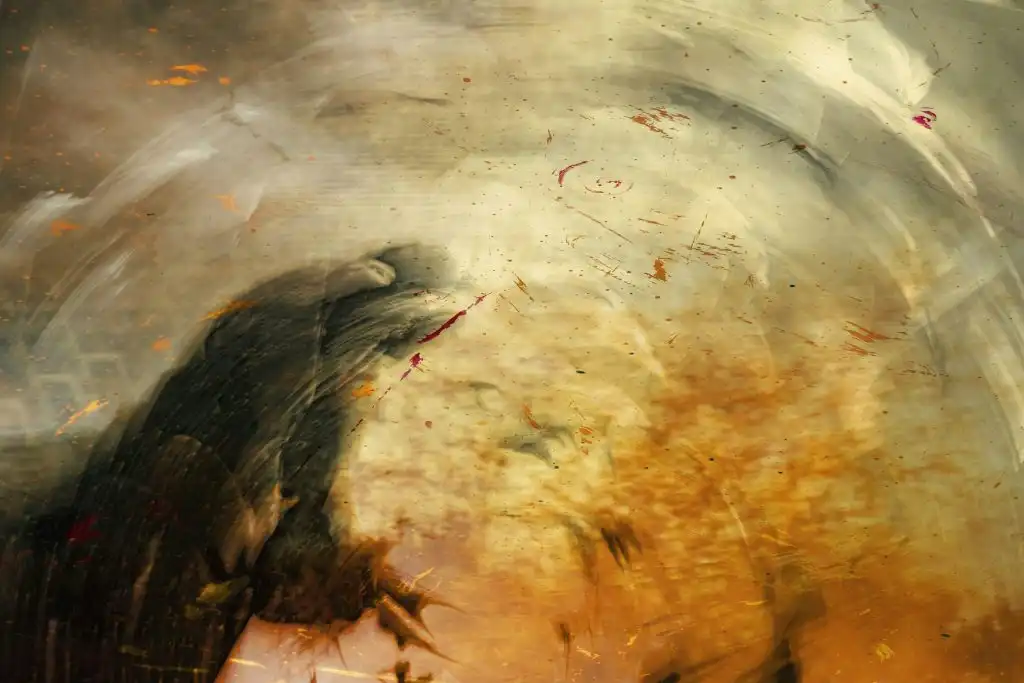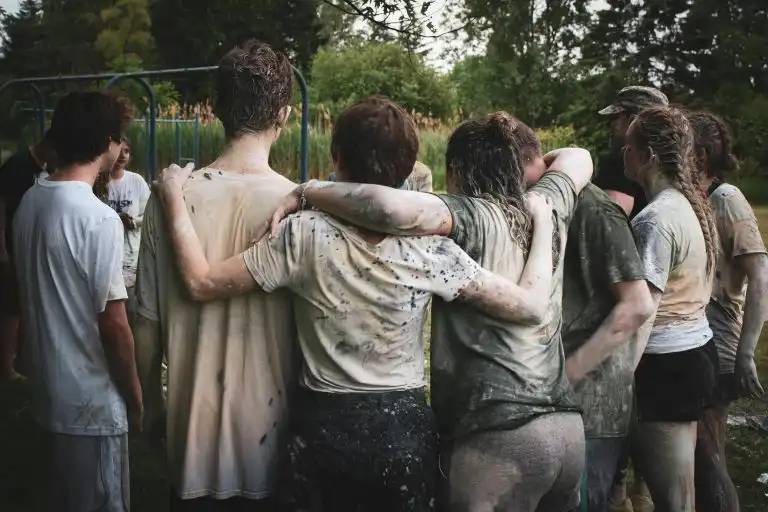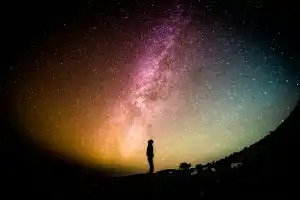Table of Contents
Egregore is a fascinating term which has roots in ancient Greek and occult practices. It refers to a type of collective consciousness. This powerful, autonomous psychic entity emerges from a group of people who share common beliefs, intentions, or emotions. Over time, this entity can take on a life of its own, influencing the thoughts and actions of those within the group. As we explore the nature of the term, we’ll learn about its origins, how it manifests, its impact on modern society, and how individuals and communities can consciously engage with or protect themselves from these collective forces.
Origins of the Egregore Concept
The term “egregore” originates from the Greek word “egrégoroi,” meaning “watchers” or “those who are awake.” Historically, it has been associated with the Grigori, a group of fallen angels mentioned in apocryphal biblical texts like the Book of Enoch. These beings were said to have descended to Earth to observe and influence humanity, embodying the idea of a collective force that operates on a plane beyond individual human consciousness.
In occult traditions, particularly in the writings of 19th—and 20th-century esoteric thinkers, the term evolved to describe a thoughtform or psychic entity created by a group’s collective will and emotions. Unlike other spiritual entities, an egregore is not born from a single mind. Instead, it is the product of a collective—a sort of group mind that exists independently of any person.
The concept gained traction in various esoteric orders, such as the Hermetic Order of the Golden Dawn and the Rosicrucians. In these orders, it was believed that groups could intentionally create and harness these entities for specific purposes. Whether these purposes were for protection, guidance, or amplifying the group’s power, the egregore was seen as a powerful tool within the magical tradition.

The Mechanics of Egregore Formation
Understanding how an egregore forms requires examining the dynamics of group psychology and the immense power of collective belief. An egregore is born when a group has a shared intention or purpose. This collective focus generates psychic energy, which begins to merge into a distinct, autonomous entity. The process can be conscious or unconscious, deliberate or accidental.
For example, in religious or spiritual settings, a group of worshippers’ repeated focus on a particular deity or symbol can lead to the creation of an egregore that embodies the qualities of that deity. This entity can then influence the group by reinforcing their beliefs, guiding their actions, and manifesting in miraculous or supernatural ways.
Egregores can also form in more secular contexts. Consider the corporate world, where a company’s culture—its values, norms, and unwritten rules—can take on a life of its own. Employees might feel a strong sense of identity and loyalty to the company, driven by an invisible force aligning their actions with their goals. This collective force is, in essence, an egregore, shaping the behaviour and decisions of individuals within the organisation.
One of the key characteristics of an egregore is its ability to influence those within its sphere. Once created, it can perpetuate itself by feeding on the group members’ thoughts, emotions, and actions. The more attention and energy it receives, the stronger it becomes, eventually exerting a significant influence on the collective and, in some cases, even the external world.
Egregores in Modern Society
While the concept might seem archaic or mystical, it is highly relevant in today’s world. Modern society is full of egregores, though we may not recognise them as such. These collective entities can be found in political movements, social media platforms, fandoms, nations, and ideologies.
Take, for instance, the phenomenon of social media. Platforms like Facebook, Twitter, and Instagram are more than just tools for communication; they are environments where millions of users contribute to forming collective thoughtforms. Constant sharing, liking, and commenting on posts creates a feedback loop of emotions, ideas, and beliefs that can give rise to powerful egregores. These entities can influence public opinion, drive trends, and even lead to social movements.
Political movements are another example of egregores playing a crucial role. When a large group rallies around a particular ideology or leader, their collective focus can generate an egregore that embodies the movement’s principles and emotions. This egregore can become a driving force, motivating people to act, sometimes with enthusiasm that seems beyond the sum of its individual parts. The influence can be seen in the way political movements can sweep across nations, inspiring massive changes in society.
Even in the realm of consumerism, egregores are at play. Brands can become egregores when they raise a loyal following. Think of companies like Apple or Nike, whose logos and products evoke strong emotions and a sense of identity among their customers. These brands transcend mere products and become symbols of a larger collective experience driven by the consumers’ minds.

The Power and Perils of Egregores
The power of an egregore lies in its ability to unify and motivate groups of people. However, this power can be both constructive and destructive. On one hand, a positive egregore can inspire creativity, cooperation, and a sense of belonging. For example, the egregore of a charitable organisation might inspire people to contribute time and resources to help those in need, fostering a spirit of generosity and compassion.
On the other hand, egregores can also lead to negative outcomes, especially when they feed on fear, hatred, or fanaticism. History is replete with examples of destructive egregores, from religious zealotry to totalitarian regimes. Once they gain enough momentum, these entities can drive people to commit acts they might never have considered as individuals. The power of a destructive egregore lies in its ability to override individual moral judgment, replacing it with the group’s collective will.
Moreover, egregores can become self-sustaining, exerting influence long after the original group has disbanded or the initial purpose has been fulfilled. This is particularly evident in cultural or national egregores, where traditions, beliefs, and practices persist across generations, even if the original context has changed. These enduring egregores can shape a society’s identity, for better or worse, by perpetuating certain values, behaviours, or prejudices.
Engaging with Egregores: Conscious Creation and Protection
Given the pervasive influence of egregores in our lives, it’s important to consider how we can consciously engage with them. Whether we are aware of it or not, we are constantly contributing to and being influenced by these collective entities. By understanding egregores’ nature, we can create positive ones and protect ourselves from harmful ones.
One way to engage consciously with egregores is through intentional community building. When forming a group, whether a social club, a business, or a spiritual gathering, it’s possible to set clear intentions and values that guide the collective focus. By doing so, the group can create a positive egregore that aligns with their goals and supports their well-being. Regular reflection and reaffirmation of the group’s purpose can help to keep the egregore in check, ensuring it remains a beneficial force.
On a personal level, awareness of egregores can help individuals protect themselves from negative influences. Recognising when you are being swept up by a group’s collective energy—whether in a political rally, a social media frenzy, or even at work—allows you to step back and assess whether this influence aligns with your values and beliefs. Cultivating mindfulness and critical thinking are essential tools in navigating the complex landscape of egregores.
In addition, practices such as meditation, grounding, and energy protection can help shield individuals from unwanted egregores. These practices create a buffer, allowing you to maintain your energy and thoughts, even amid a powerful collective influence.

Conclusion
The concept of the egregore offers a fascinating lens through which to view the dynamics of collective consciousness. Whether in ancient religious practices or modern social movements, these powerful psychic entities significantly shape human behaviour and society. By understanding how they form, influence, and persist, we can better navigate the collective forces at play in our lives.




